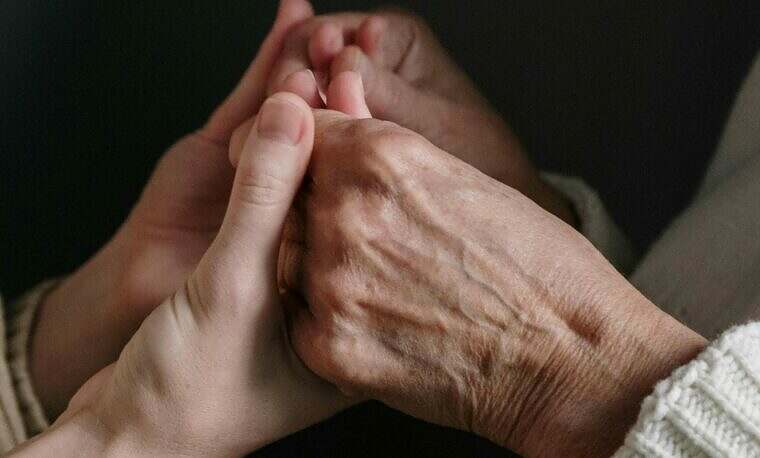HuffPost Blog – 12 February 2015 – Rights for the Digital Teenager
As Safer Internet Day 2015 comes to pass, I cannot help but register again how risk and safety dominate our thinking, especially when it comes to teenagers. Yet who amongst us could define what ordinary or healthy use of smartphones, tablets or games consoles will promote a young person’s well-being and life chances? This is not just a problem for parents, but for any public sector worker or educator who is trying support the development of children. We are overflowing with safety tips and keep-safe messages, but are we investing enough in the discovery of what is good for young people as much as what may prove bad for them? Stopping the bad may sometimes also restrict the good, or even increase risk as restriction leads to frustration and escalation.
Yet managing risks for adolescents is hardly a new state of affairs. Anna Freud noted that it was very difficult for us to help teenagers, partly because of our wish to forget our own painful embarrassments that are an inevitable part of those years. The very term ‘teenager’ suggests an ‘us and them’ situation that goes back at least to the beginnings of urban, industrial living and certainly since 1824 when the term juvenile delinquency was used to describe some anti-social behaviours. In the thorough review of adolescence within in our culture, Jon Savage in his book ‘Teenage’ provides a wealth of examples which illustrate how many problems of our day have in fact occurred before, albeit offline. For example, descriptions from the late 19th century of young people “loitering about the streets and using vulgar language” and “refusing either to go to work or school, roaming the street late at night” could translate to today, if we just understood that the streets today may be an App, social media site or game…
Read the full blog here.







